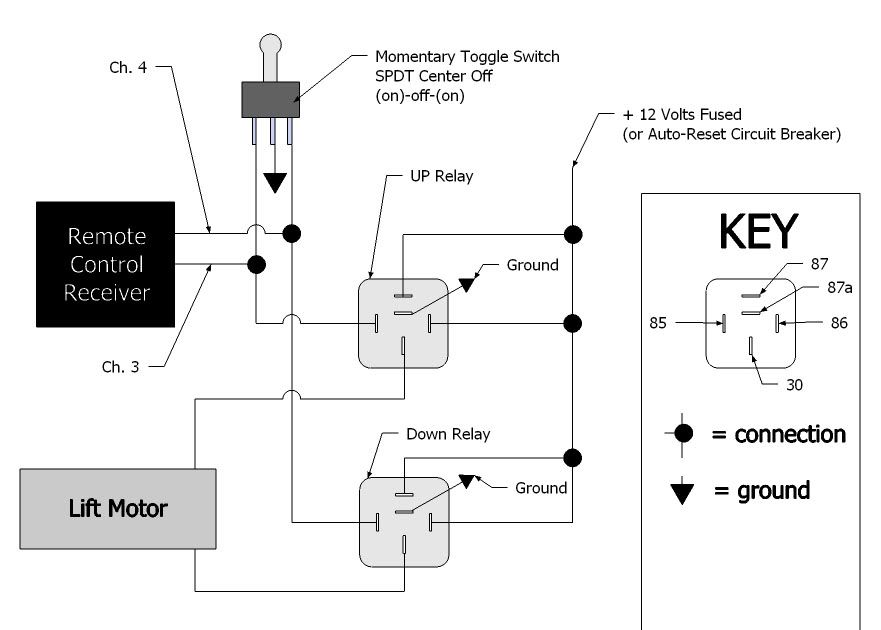The Actuator has TWO wires PERIOD. Connect the Red to Power and Black to Negative to "EXTEND" the Actuator and REVERSE the wires to RETRACT the Actuator. Both wires are really small gauge.....probably 18ga, and the motor is geared really low and it's super-dooper quiet so I don't imagine there's a lot of current running through the wires. Purchased Actuator on E-Bay and the instructions say zippo about needing ANY relay nor how to wire the thing up other than what I described above, as far as operation is concerned.
QUESTION: How in the world do you wire the switch? Is a special Switch needed? Would it be possible to use Channel 3 and Channel 4 of my AutoLoc key-fob, combined with Dual Pole relays or are the relays not needed? I would like to use Channel 3 to power it UP and Channel 4 to power it DOWN. Keep in mind the "transmitter" basically completes a "negative" connection for the circuit as opposed to "sending" power.
BTW: I've got a gearhead buddy (who happens to work as an engineer for a local hospital and he trouble shoots and calibrates their heart monitoring equipment, X-Rays machines, etc...and he has his opinion about how to resolve this but I told him I'd wait to hear what you guys have to offer! LOL! He's curious as well :thumbup: )
THANKS! :drool:





